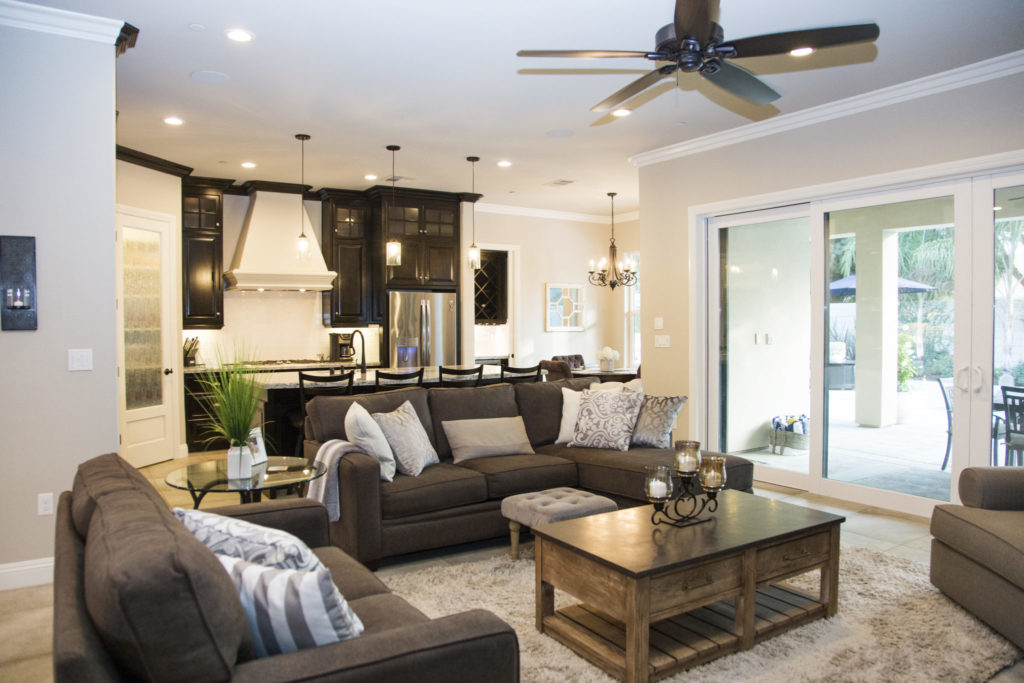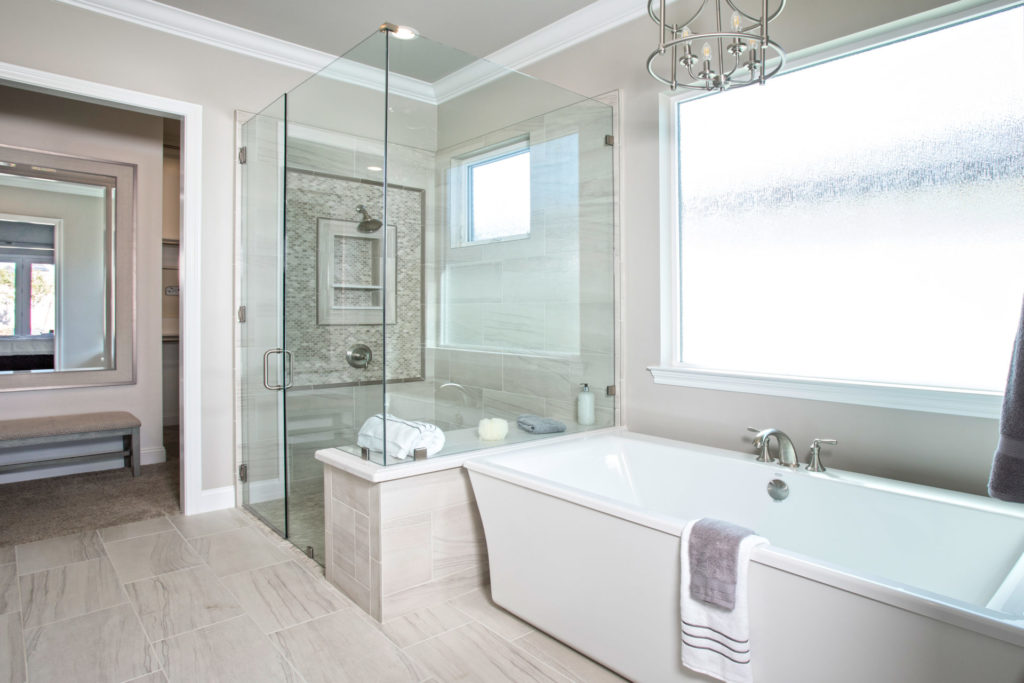Insulation: Stay Cool without Sweating Energy Bills
May 12th, 2022 | by dpcustombuilder | Posted in Uncategorized
New homes are built to save energy, and a primary component of that goal is insulation. The definition of insulation, however, is rapidly expanding as homebuyers and energy codes demand even better energy-use performance from new homes.
Today, there are far more options than those rolls of fiberglass you see on the shelves of big-box home improvement stores. While “batt” insulation remains an inexpensive yet effective option, other materials have emerged that help optimize thermal value in new structures or when replacing conventional insulation.

For instance, in addition to insulating between the wall studs, we typically install a one-inch thick rigid foam insulation panel behind the finish siding and stucco of a new home. That technique is commonly called a thermal break, and many of the latest energy codes and standards, such as the federal Energy Star program, require it.
In addition to taping the joints between the insulation panels, a thin, woven air-water barrier (also called a weather-resistant barrier or housewrap) or weatherproof paper is applied over the panels to shed incidental water that gets behind the siding or stucco and blocks air infiltration through the structure.
Another increasingly popular insulating technique is called blown-in-batts (“BIBS”), a practice that involves installing a netting on the interior side of the exterior walls and blowing loose fiberglass insulation into the stud bays.
When completed, it looks like firm pillow and results in all of the cavity and crevices being filled with insulation.

To achieve a lower level of air infiltration, specialty products such as Knauf EcoSeal is used at the top and bottom of the exterior walls and at the door and window openings to provide a plyable gasket to seal the drywall sheets to the wall framing members. The result is more air-tight and well-insulated wall.
Most of a home’s energy is lost through the attic or roof structure. The difference in air temperature and pressure between the attic and the living space below can be dramatic. This causes air to escape into the attic and puts an extra burden to maintain a desired temperature on the home’s heating and cooling system.
Recently adopted best practice is to install batt insulation directly under the roof deck in addition to the placement of loose fiberglass insulation that is applied on top of the ceilings.
The push to make new homes more energy efficient is driving new and better insulation products and applications, and professional builders are at the forefront of keeping up with that evolution to provide better indoor comfort and help reduce monthly energy bills.
